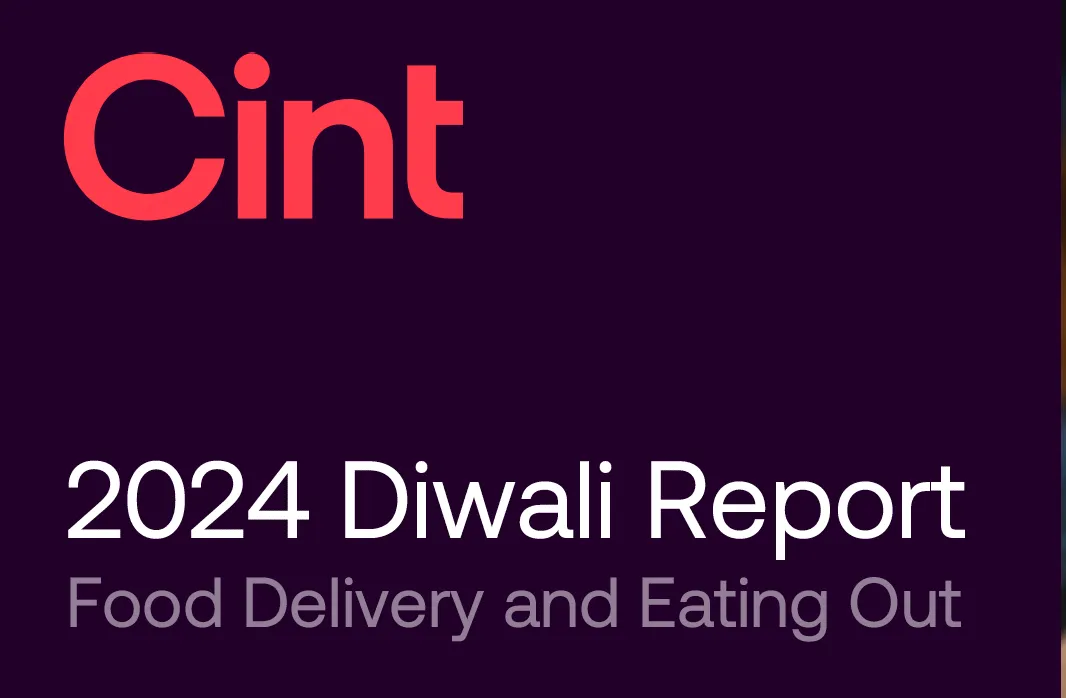Table of Contents
The recently released Household Consumption Expenditure Survey (HCES) for 2022-23 provides important insights into spending patterns of Indian households. The survey shows that monthly per capita consumption expenditure (MPCE) on non-food items exceeds that on food items, indicating growing disposable incomes.
Average monthly spending per person stood at ₹3,773 in rural households and ₹6,459 in urban households. This suggests that urban households have nearly twice the spending power of their rural counterparts.
Food vs. Non-Food Spending
Analysis shows that non-food items accounted for 54% of rural MPCE and 61% of urban MPCE during 2022-23. Food remains the largest spending category for both rural and urban households, accounting for 46% and 39% of total MPCE, respectively. However, there's a positive trend – the share of spending on food has decreased compared to previous surveys, indicating an improvement in overall living standards.
Rural India spent an average ₹2,023 per person on non-food items per month, while the corresponding urban spending was ₹3,929. Key non-food categories driving this growth are education, clothing & bedding, footwear, durable goods, healthcare and transport & communication services.
Income Inequality
The data exposes a stark gap in spending power between the bottom and top segments of society. The bottom 5% of rural and urban populations have an average MPCE of Rs. 1,373 and Rs. 2,001, respectively, compared to a much higher Rs. 10,501 and Rs. 20,824 for the top 5%. This significant difference underscores the challenge of income inequality in India.
State-wise Variations
The survey also reveals significant variations across states. Sikkim enjoys the highest MPCE in both rural (Rs. 7,731) and urban (Rs. 12,105) areas, while Chhattisgarh lags behind with the lowest (Rs. 2,466 and Rs. 4,483, respectively). This highlights the need for targeted policies to address regional disparities in living standards.
Rural-Urban Divide
The rural-urban divide in MPCE further emphasizes the unevenness within states. Meghalaya (83%) and Chhattisgarh(82%) exhibit the highest rural-urban discrepancies, exceeding 80%. Bridging this gap is crucial for ensuring equitable development across the country.
Union Territories
Chandigarh boasts the highest MPCE among union territories, both in rural (Rs. 7,467) and urban areas (Rs. 12,575). In contrast, Ladakh and Lakshadweep have the lowest (Rs. 4,035 and Rs. 5,475, respectively). This data emphasizes the need for tailored strategies to support UTs facing challenges in economic development.
Rising Spending Power
The all-India average MPCE has witnessed a significant increase over the past two decades. Compared to 1999-2000, rural MPCE has grown by nearly eight times, while urban MPCE has increased by over seven times. This indicates a substantial rise in living standards across both segments of the population.
Closing the Rural-Urban Gap
While the rural-urban divide in MPCE persists, the gap is narrowing. The difference between rural and urban MPCE, expressed as a percentage of rural MPCE, has steadily declined from 75.9% in 1999-2000 to 71.2% in 2022-23. This suggests a relative improvement in the economic well-being of rural households compared to their urban counterparts.
Shifting Food Consumption
The data reveals notable shifts in household consumption patterns in India, reflecting evolving dietary habits and socio-economic dynamics. While there has been a decline in spending on cereals and pulses, there is a simultaneous increase in expenditure on milk products, fruits, and vegetables. This trend suggests a potential rise in income levels, coupled with heightened awareness of health and lifestyle choices among consumers.
State-wise disparities in MPCE further underscore the need for tailored development strategies, with affluent regions like Sikkim and Goa demonstrating higher average MPCE compared to economically challenged states such as Bihar and Chhattisgarh. One striking trend is the transformation in dietary preferences across the nation.
Over the past two decades, the proportion of expenditure on cereals and overall food items has witnessed a steady decrease. For instance, in rural areas, the share of expenditure on cereals plummeted from 22.23% in 1999-2000 to 4.91% in 2022-23, indicating a notable diversification in food consumption habits. This shift is likely influenced by factors like increasing income levels, urbanization, and a growing awareness of nutrition and dietary diversity among households.
A Gradual Rise in Living Standards
The data reveals a significant disparity in spending power across different income groups. The average MPCE for the bottom 5% of the population in both rural and urban areas is strikingly low, at Rs. 1,373 and Rs. 2,001, respectively. This is in stark contrast to the top 5%, who have an average MPCE of Rs. 10,501 and Rs. 20,824 in rural and urban areas, respectively. This highlights the persistent challenge of income inequality in India. Despite the significant gap, the data also suggests a gradual rise in living standards across all income groups. As we move up the fractile classes, the average MPCE increases steadily, indicating an improvement in the economic well-being of a larger portion of the population.
The middle class, broadly categorized as the fractile classes between 20% and 80%, exhibits a steady rise in consumption expenditure. This indicates their growing economic influence and potential to contribute to further economic development.
Occupation Shapes Spending
The data highlights significant differences in MPCE (Monthly Per Capita Expenditure) based on household type. In rural areas, "others" not categorized under specific occupations have the highest MPCE, followed by self-employed in non-agriculture and regular wage earners in non-agriculture. This suggests that these categories potentially benefit from higher income opportunities compared to agricultural occupations. Interestingly, within the rural context, casual laborers in agriculture and non-agriculture have similar MPCE, indicating limited spending power despite sector variations.
Urban Advantage Persists
Urban households, across all occupational categories, consistently exhibit higher MPCE compared to their rural counterparts. This underscores the persistent urban-rural gap in income and living standards. Notably, casual laborers in urban areas fare better than their rural counterparts, highlighting potential differences in wage structures and availability of work opportunities between the two sectors.
Social Group Disparities
The data reveals disparities in MPCE based on social groups. In both rural and urban areas, "others" have the highest average MPCE, followed by Other Backward Classes (OBCs). Schedule Tribes (STs) and Schedule Castes (SCs) have consistently lower MPCE across both locations, highlighting the need for targeted policies to address these inequalities.






